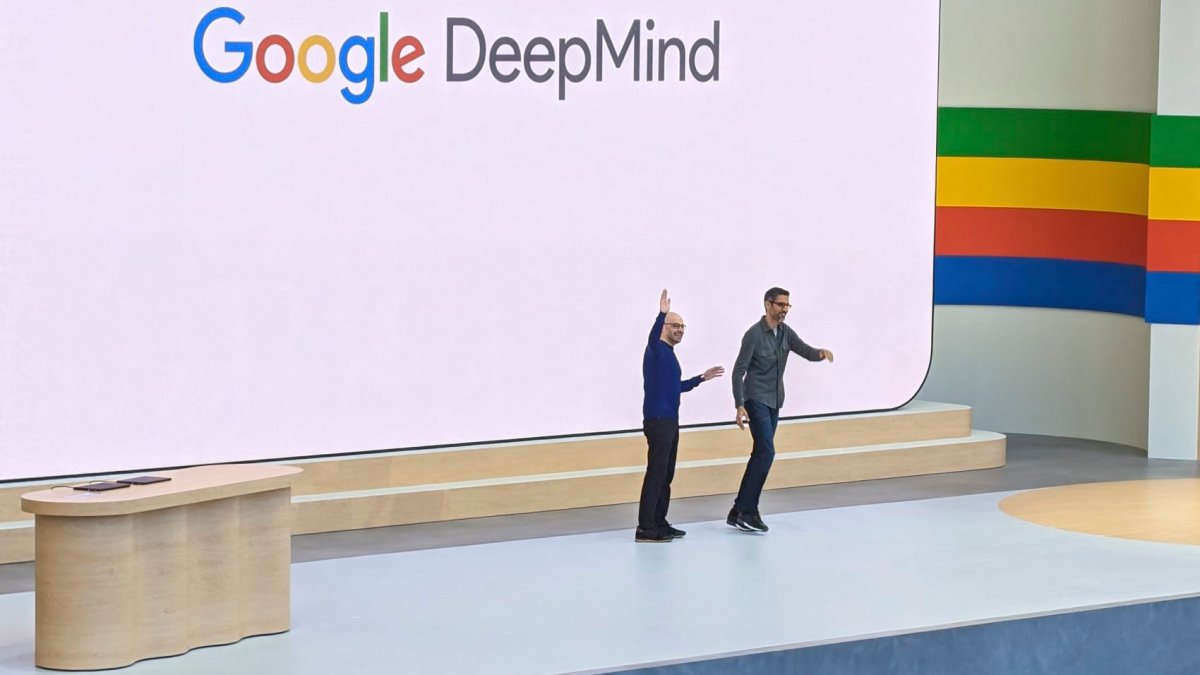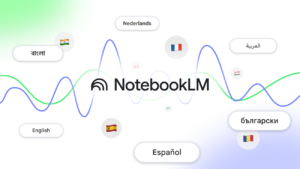DeepMind to Utilize AI Models for Physical Robotics Development

Google DeepMind Unveils Advanced AI Models for Robotics
Introduction to Gemini 2.0
On a recent Wednesday, Google DeepMind announced the release of two new artificial intelligence models aimed at enhancing robotics. Both models are powered by Gemini 2.0, which Google claims to be their most advanced AI offering to date. This innovative leap focuses on moving AI capabilities beyond traditional outputs like text and images, allowing robots to perform complex physical actions.
Collaboration with Apptronik
Google has teamed up with Apptronik, a robotics company based in Texas, to create the next generation of humanoid robots using the Gemini 2.0 technology. Apptronik has previously collaborated with notable organizations like Nvidia and NASA and recently secured $350 million in funding, which Google participated in. This partnership aims to leverage Gemini’s AI to develop robots that can effectively interact with their surroundings.
Demonstrations of Robotic Capabilities
In a series of demonstration videos, Google showcased how Apptronik robots equipped with the Gemini AI can complete various tasks. These tasks included:
- Plugging devices into power outlets
- Organizing lunchboxes
- Moving around plastic vegetables
- Zipping up bags
These demonstrations highlight how the new AI models respond to spoken commands, showcasing their potential to carry out everyday activities in a practical setting. Although Google has not yet revealed a specific timeline for when these robots will be available to the public, the early results are promising.
Key Qualities of the AI Models
Google outlined three essential qualities that AI models need to be effective in robotics:
- General Adaptability: The AI must be able to adjust to various situations and environments.
- Interactivity: Quick understanding and response to instructions or changes in the surroundings are crucial.
- Dexterity: The AI should have the ability to manipulate objects with accuracy, mimicking human-like movements.
Gemini Robotics and Extended Reasoning
The two new AI models include Gemini Robotics and a specialized version called Gemini Robotics-ER (Extended Reasoning). The latter is crafted for roboticists, providing a foundation for them to train their own models. Not only will Apptronik have access to this technology, but other trusted tech developers—including Agile Robots, Boston Dynamics, and Enchanted Tools—will also be involved in the testing phase.
The Broader AI and Robotics Landscape
Google’s foray into robotics is joined by other industry players exploring similar AI advancements. For instance, in November 2023, OpenAI invested in a startup named Physical Intelligence, designed to incorporate general-purpose AI into physical applications for robotics. Concurrently, OpenAI expanded its robotics team by hiring talent from Meta’s augmented reality division.
Furthermore, companies like Tesla have also entered the humanoid robotics sector with their Optimus robot. The competition in this field is heating up, with various firms racing to apply AI to physical robotics in innovative ways.
Insights from Google Leadership
Sundar Pichai, CEO of Google, expressed the company’s view of robotics as a crucial area for applying AI developments in real-world scenarios. He highlighted that the robots would rely on Google’s multimodal AI models to make adjustments on the go, adapt to new surroundings, and efficiently interact with their environment.
As these advanced AI models develop, the intersection of AI and robotics stands to transform how we think about automation and human-robot interaction, opening up new possibilities for efficiency and assistance in various sectors.






